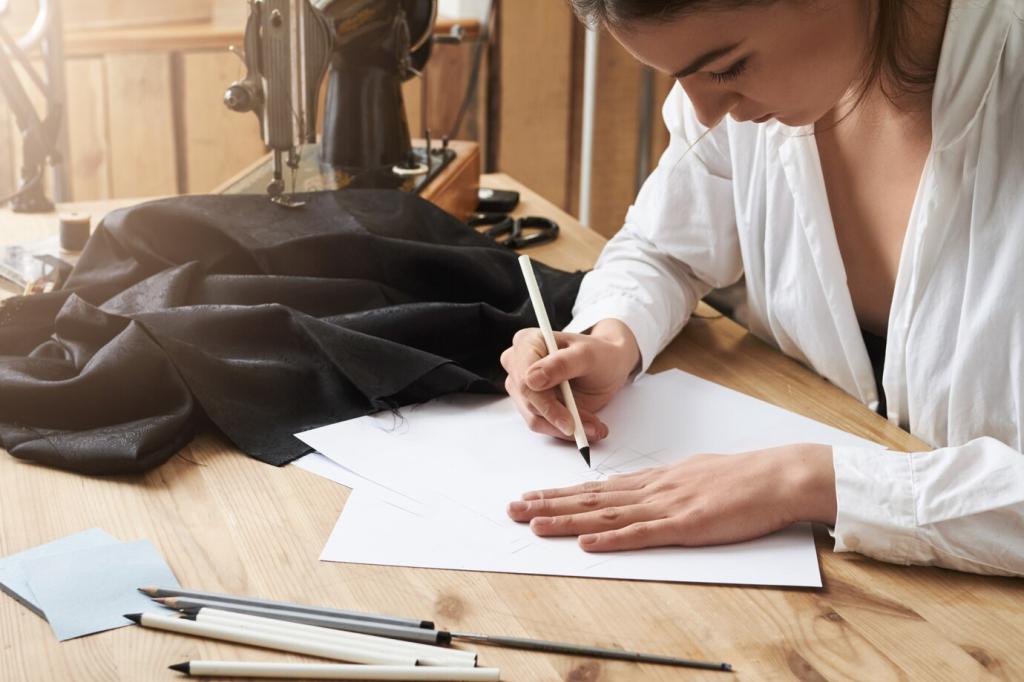
Simplifying Upholstery Fabric Care Instructions
Welcome! Today’s chosen theme: Simplifying Upholstery Fabric Care Instructions. Here you’ll find clear, friendly guidance, memorable stories, and easy routines that help you protect your upholstery, handle spills calmly, and keep fabrics looking beautiful with minimal effort.
Know Your Fabrics and Care Codes
Cotton, linen, wool, polyester, acrylic, and performance blends all behave differently. Natural fibers breathe but may wrinkle or absorb spills faster. Synthetics resist wear but can trap oils. Knowing your blend helps you choose safer cleaning steps every time.
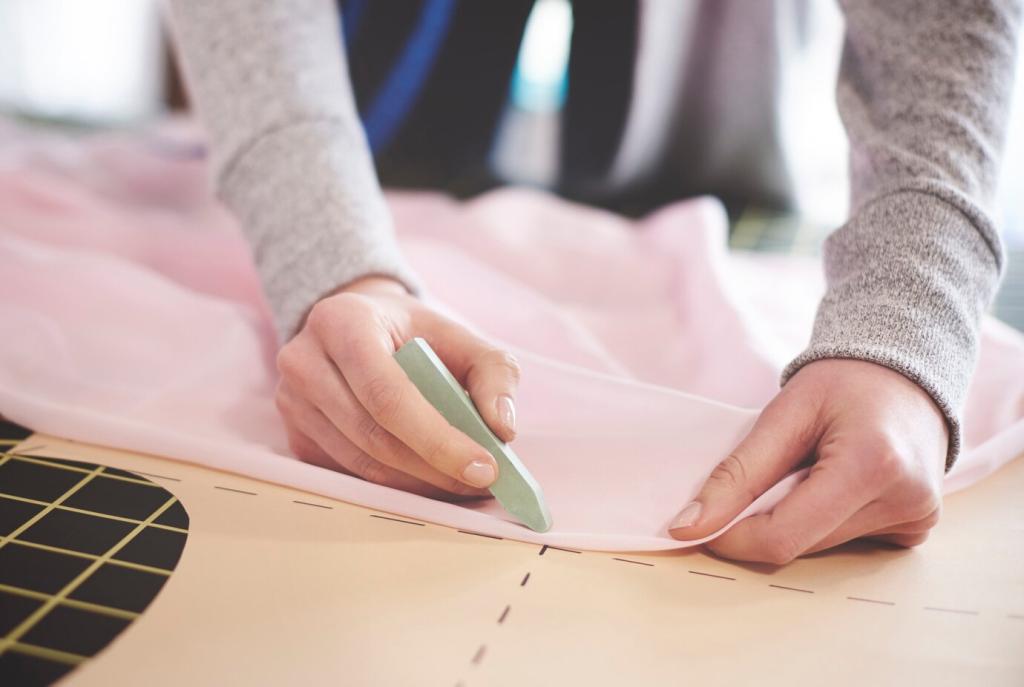
Vacuum smarter, not harder
Use a soft upholstery attachment weekly, gentle suction, and overlapping passes. Focus on seams and crevices where grit cuts fibers. Five minutes removes abrasive dust, extends fabric life, and keeps instructions simple because stains release more easily from clean fibers.
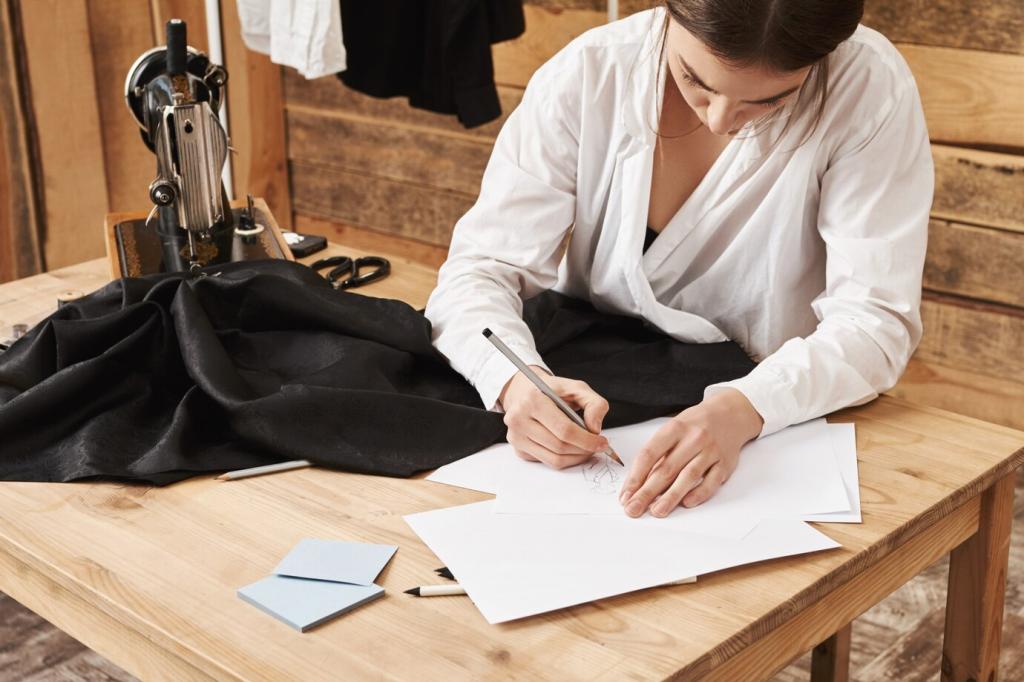
Handle lint and pet hair with ease
A rubber glove lightly dampened gathers hair quickly. A lint brush or squeegee works, too. Short daily swipes stop hair from embedding, making cleaning instructions manageable—no heavy lint roller sessions or panicked pre-guest scrambles required.

This is the heading
Lorem ipsum dolor sit amet, consectetur adipiscing elit. Ut elit tellus, luctus nec ullamcorper mattis, pulvinar dapibus leo.

This is the heading
Lorem ipsum dolor sit amet, consectetur adipiscing elit. Ut elit tellus, luctus nec ullamcorper mattis, pulvinar dapibus leo.
Deep Cleaning Without the Stress
Set a realistic schedule
For busy households, plan deep cleaning every six to twelve months, depending on use. Always review your care tag, then start with dry soil removal before any moisture. That single step makes every subsequent cleaning instruction simpler and more effective.
Steam, extraction, or neither?
Hot-water extraction can be fine for W-coded fabrics, but avoid on S or X. True steam may set some stains or cause rings. If uncertain, choose professional cleaning—just provide your codes and spill history to simplify their process and results.
Removable covers and zippers
If the manufacturer says machine-washable, zip covers closed, turn inside out, and use cold water and gentle spin. Air dry flat to prevent warping. Never guess—check the tag or manual first, then ask here for a simple sanity check.
Odor Control and Freshness
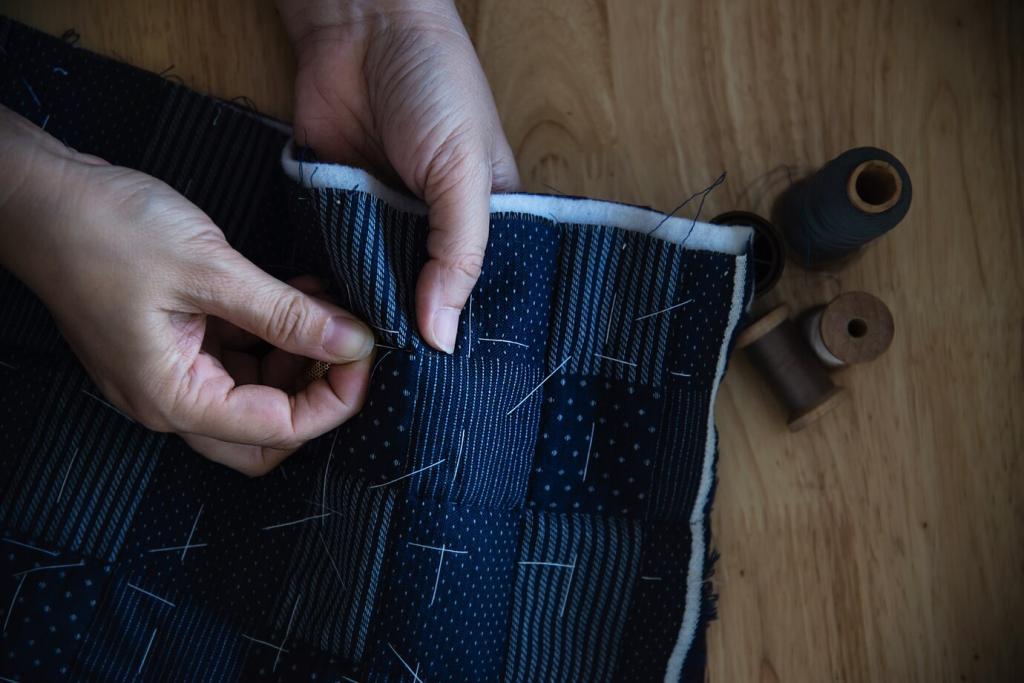
Baking soda the right way
Lightly sprinkle baking soda over dry upholstery, let it sit for at least thirty minutes, then vacuum thoroughly. It absorbs everyday odors without residue. Repeat weekly for pet areas to keep instructions simple and results reliably fresh.
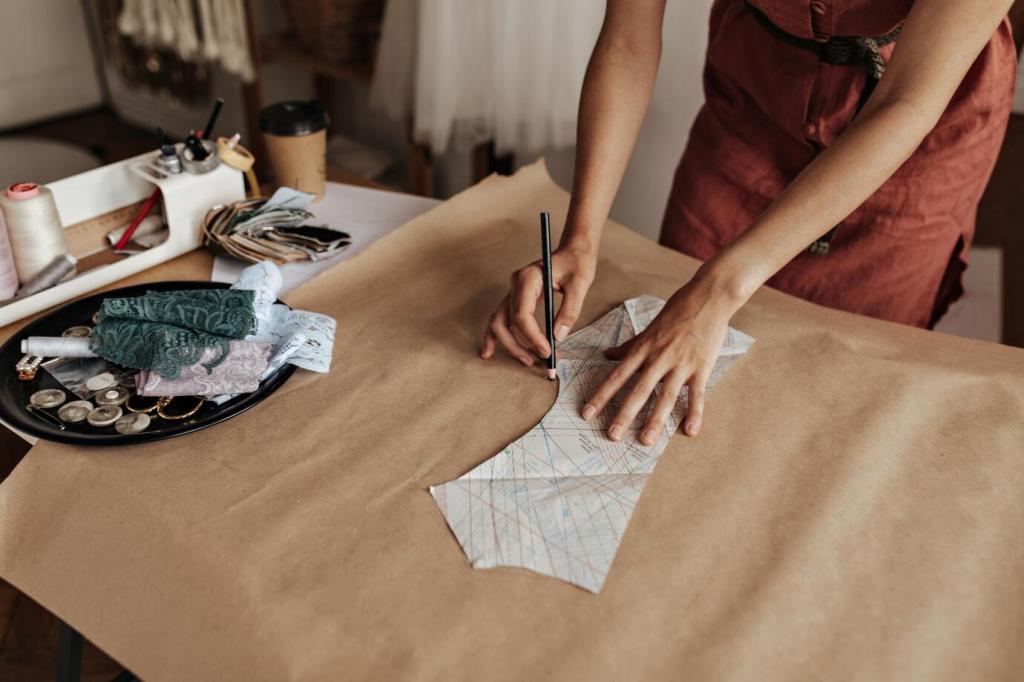
Airflow and sunshine—carefully managed
Open windows to circulate air and reduce mustiness. For removable cushions, brief indirect sunlight can help—avoid prolonged exposure that fades colors. Pair with gentle vacuuming, and odors often resolve without complicated products or complicated cleaning instructions.
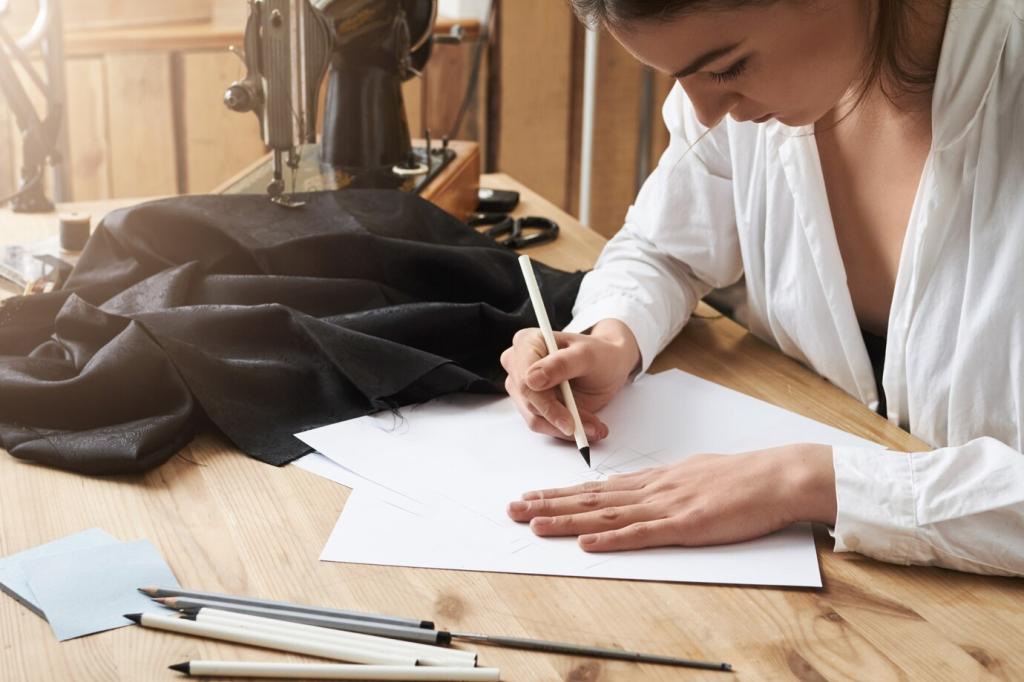
Tested light deodorizing sprays
Mix distilled water with a small splash of white vinegar in a fine mister, then test carefully on W or WS fabrics. Mist lightly, never soak. As always, test first and let the fabric fully dry before judging results.
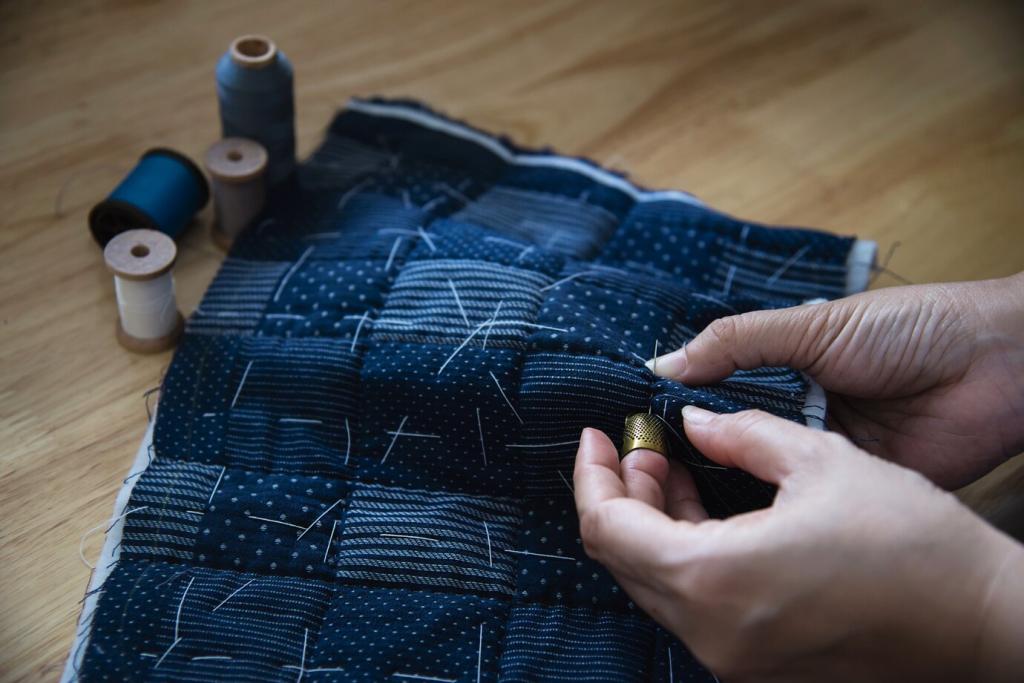
Protective treatments with realistic expectations
Fabric guards can help resist spills, but they are not force fields. Apply following the label, ventilate well, and reapply as advised. Still blot fast when accidents happen. Simpler instructions, better outcomes, and fewer deep-cleaning emergencies overall.
Smart placement and house rules
Add a side table or tray so drinks have a safe landing spot. Keep markers and nail polish away from seating. Simple room layouts and gentle rules minimize accidents and keep your care instructions pleasantly predictable.
Slipcovers, throws, and pet zones
Washable throws over high-traffic arms and cushions catch everyday wear. Slipcovers provide full protection without sacrificing style. Designate a pet blanket spot; it trains companions and keeps instructions delightfully basic when visitors arrive unexpectedly.
Sustainable Care Choices That Still Work
Use less, achieve more
Microfiber cloths lift particles mechanically, reducing detergent needs. Distilled water minimizes mineral rings. Start with the mildest method, then escalate only if needed. This keeps instructions concise, costs down, and your upholstery healthier over the long term.
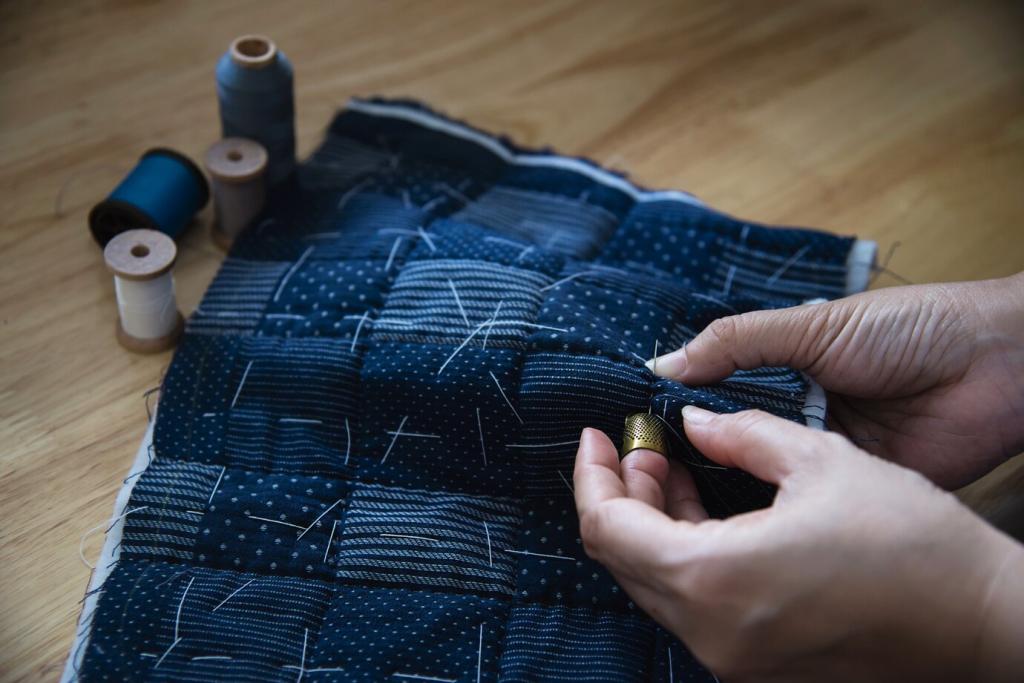
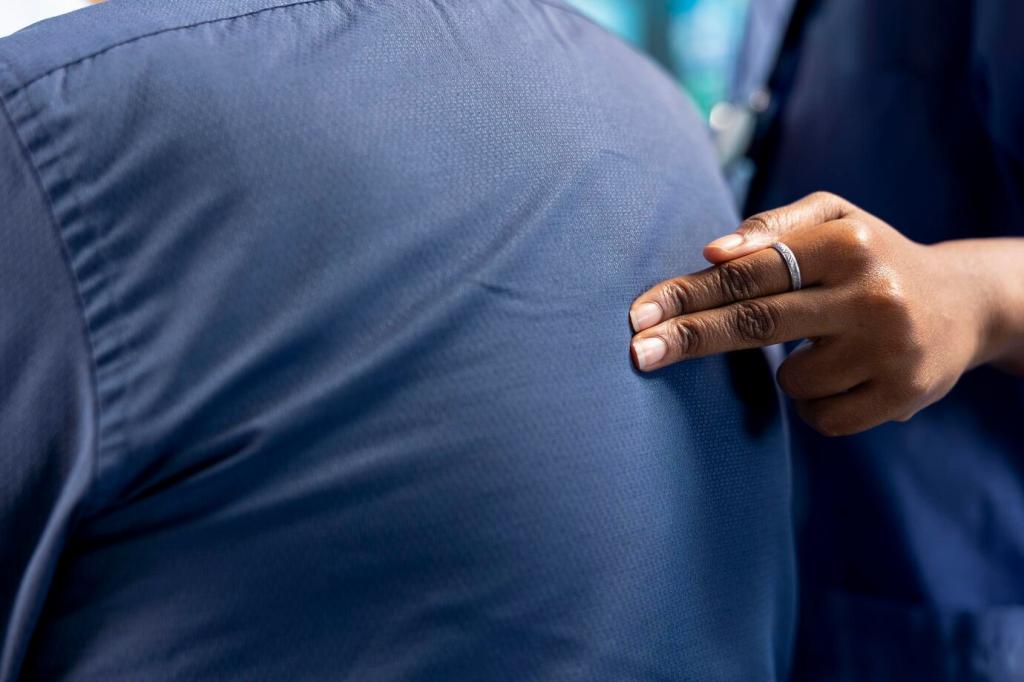
Repair before replacing
Tighten legs, fix zippers, restuff cushions, and stitch small seams early. Minor repairs protect fabric strain points, simplifying cleaning afterward. Post a photo of damage, and we’ll recommend an easy fix or when to consult a professional upholsterer.
Join our mailing list
